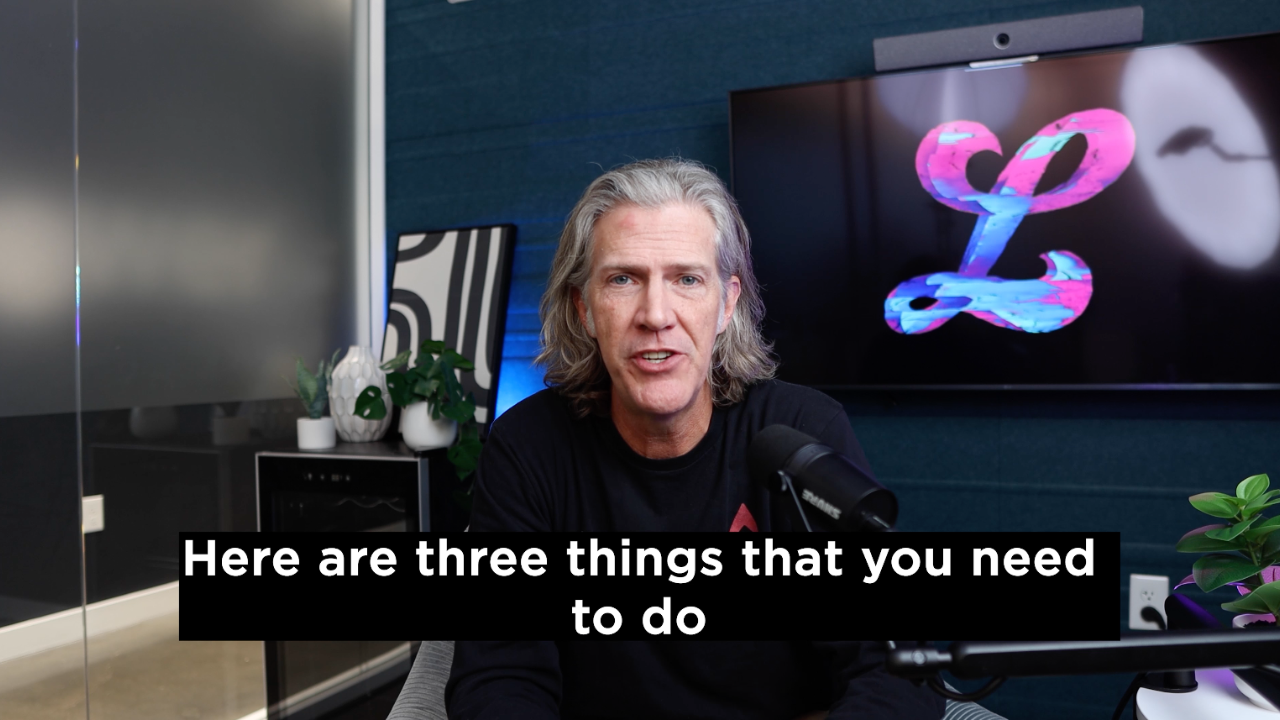Try These Tips for Homebuying Peace of Mind
Experience may be the best teacher, but these homebuying tips are the next best thing—they’ll enable you to navigate the homebuying process with confidence.
1. Get Pre-Approved for a Loan
Before you even started looking at homes, you may have heard people throw around terms like loan pre-qualification and pre-approval. It’s important that you understand these terms before beginning any home buying negotiations.
Pre-approval is like a financial green-light. Having it will give you a good idea of what you can afford and narrow down your home search to properties within your range.
When buying a home, pre-approval means your finances have been reviewed by an underwriter (or similar role) and the necessary documentation has been received. While pre-approval only lasts for a limited time (about 60 to 90 days), having it will make negotiations with a seller much easier, and will give you a better idea of the general rate and terms of the loan you’ll qualify for at the time you receive it.
To get pre-approved, you’ll need to provide documentation to your lender, including proof of income, proof of current assets, and proof of current employment. It’s a fair amount of work, but it has to be done at some point, and getting pre-approved will give you a better idea of what houses you can afford—making the rest of your process easier.
2. Qualify for a Great Rate
No matter what kind of loan you’re after, a lower interest rate is great to have. It won’t just fall into your lap, though—you’ll need to put in some effort.
You can make your loan more manageable with a great interest rate, so be sure to compare what’s out there before making a decision.
Follow these steps to increase your chances of securing a low interest rate:
- Improve your credit score as much as possible
- Save money for a size-able down payment
- Increase your income
- Consider a shorter-term loan
- Pay discount points
- Check out first-time homebuyer programs
You’ll also want to compare rates from different lenders to see who can offer you the best deal. Here at Lower, we update our website daily with our rate, as well as competitor rates, and how they all compare to the Bankrate national average—just check it out.
3. Prepare For A Down Payment, Without Draining Your Savings
You’ve probably heard a big down payment will help you out in the long run—helping to save you money and get you a better interest rate. This is all true, but you don’t want to take any drastic measures like draining your savings to make that down payment, as it will only increase your home-buying headache.
A size-able down payment can keep your loan-to-value ratio low, but you shouldn’t break the bank to make it.
Emptying your savings just to make your down payment will put you at a disadvantage when it comes to covering your closing costs, your initial mortgage payments, and any unforeseen future expenses.
Instead, try to aim for a reasonable down payment. As a first-time homebuyer, you may be able to put as little as 3% down. (Speaking generally, the minimum can be around 3% to 3.5%.) But, as long as you are putting less than 20% down, you’ll likely be required to pay mortgage insurance of some kind, which adds to your monthly payment. It’s all about balance—putting less than 20% can leave you with more money in your bank account, and a more comfortable savings fund after you buy your home.
4. Get The Most From Your Home Inspection
The home inspection process is a necessary (and often stress-inducing) part of buying a home. You’ll be doing yourself a favor by understanding why the home inspection process is important, how it works, and considering the possibility of a home inspection contingency.
Having a home inspection contingency gives you the leeway to back out of a purchase offer if you discover serious defects with the property you’re looking at.
Let’s start with the home inspection. While this step is optional, it is highly recommended, and almost always worth the cost. Your home inspection, if you choose to have one, will take place after you’re in contract, but before the appraisal is done.
As the name suggests, an inspector will come to look at the home to identify any major issues the property might have. This gives you, the buyer, an opportunity to negotiate with the seller—they might be able to lower the price, or get the issues resolved before you even take ownership. At the very least, you’ll know whether you’ll be needing to put in additional work after purchasing the home, or if the home is even worth buying at all. This is where the contingency comes into play.
Contingency clauses in real estate contracts can give parties the right to back out of the contract under certain circumstances. With a home inspection contingency, you can stipulate that if the problems revealed by the home inspection are too costly or too severe for you to fix, the deal is off. You don’t want to be trapped in a bad purchase, so you’ll want this in your contract if at all possible.
5. Don’t Buy More Than You Need or Can Afford
As the saying goes, don’t bite off more than you can chew.
If you buy a home that’s outside of your price range, you’ll find yourself struggling to keep up with your payments, and you may quickly find yourself underwater with no avenues to sell. Spending less than you could, however, will save you money on monthly payments, and leave you with funds on hand for savings, retirement accounts, potential investments, and, of course, fixing up your new home.
Buying a house that’s outside of your budget can overstretch your finances, making you unable to handle other expenses.
How do you know what you can reasonably afford? Getting pre-approved will give you an idea, but you’ll also want to do your own budgeting. Take a look at your bank statements and understand how much you spend per month on things like groceries, shopping, etc. These things aren’t factored into a pre-approval, so you’ll want to consider them in your own budget.
6. Don’t Speed Through the Process
One of the most common home-buying mistakes is to rush through the process. It can cause you to drop the ball on simple steps that will have long-term impacts, like over spending. Luckily, it doesn’t take a whole lot of technical knowledge to avoid this issue.
You’ll want to distance yourself from the situation a bit. Give yourself some space to plan for what you can afford, shop around for interest rates, and carefully examine the property in question.
It’s about balance. When the perfect property appears, you don’t want to just throw caution to the wind, but you do want to act before another buyer comes along. Work quickly to secure the house you’ve always wanted, but keep these important home buying practices in the forefront of your mind, and don’t skip any important steps as you approach the finish line.
There’s an art to timing during a home purchase. You’ll want to pounce on opportunities, but not so quickly that you forget important steps along the way.
See? Not So Complicated After All
While buying a new home always comes with a certain degree of stress, following these home-buying tips will help you keep it under control. Remember to keep it simple. When you’re proactive in the home-buying process, you enable yourself to make the best decisions. With a level head, you can ensure you get the best deal on your new home, and that you’re able to maintain it well into the future.
Looking for a Lower rate? Let's get you pre-qualified.

















.svg)

.svg)















